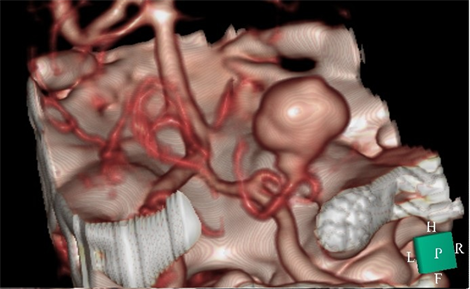

The pregnant women included in this study were nonsmokers, white, and previously healthy with uncomplicated pregnancies. Our hypothesis was that, in addition to changes in the maternal and fetal circulating RAS, the RAS in the ureteroplacental unit is distinctly abnormal and contributes to the disease. This enabled us to explore the role of RAS in the 2 types of placenta with different cellular origin the “fetal placenta” tissue (hereafter named “placenta”) compared with the “maternal placenta” tissue, named the “decidua,” corresponding with the maternal endometrium in pregnancy. We separately investigated the 2 types of tissues from the uteroplacental unit (decidua and placenta) in the same pregnant women with or without preeclampsia. 12 For this study, we selected only women undergoing cesarean section so that the tissues would not be perturbed.

11 A tissue-based RAS has been described in the uteroplacental unit in the gravid state. 10 The AT 1 receptor may heterodimerize with itself or with other G protein-coupled receptors. We have described circulating agonistic autoantibodies directed at the angiotensin (Ang) II type 1 (AT 1) receptor in women with preeclampsia (AT1-AA). The renin-angiotensin system (RAS) participates in preeclampsia. We have established a safe decidual suction method yielding sufficient decidual tissue for morphological and functional studies of extravillous trophoblast function and spiral artery remodeling. 6,7 No gene array data for decidua have been published because of technical difficulty in obtaining the tissue. 5 Placental gene expression studies have identified 2 upregulated genes, namely, a vascular endothelial growth factor-receptor splice variant (sFlt-1) and soluble endoglin, a coreceptor for transforming growth factor-β. 5,6 This release of placenta-derived factors into the maternal circulation leads to a generalized maternal endothelial dysfunction, excessive vascular inflammation, and preeclampsia-associated hypertension and proteinuria. Oxidative stress is involved in the release of placenta products, namely, trophoblast debris, angiogenic-associated factors, or other placenta-derived factors. 3,4 This state of affairs leads to inefficient uteroplacental perfusion and a relatively hypoxic placenta in preeclampsia. 2 Abnormal placentation associated with shallow trophoblast invasion (fetal cells from outer cell layer of the blastocyst) into endometrium (decidua) and improper spiral artery remodeling in the decidua are initial pathological steps. Preeclampsia is devastating 1 however, the mechanisms are imperfectly defined. These components could participate in the pathophysiology of preeclampsia. We also showed that AT 1 autoantibodies cross the ureteroplacental barrier. We found that, in preeclampsia, the AT 1 receptor expression is particularly high in decidua, combined with pregnancy-specific tissue RAS involving decidual angiotensin II production and AT 1 autoantibodies. Our findings elucidate the ureteroplacental unit RAS in preeclamptic and normal pregnancies. Gene expressions for renin (35.0-fold), angiotensin-converting enzyme (2.9-fold), and angiotensinogen (8.9-fold) were higher in decidua than placenta (fetal origin) in both control and preeclamptic women, whereas the AT 1 receptor was expressed 10-fold higher in placenta than in decidua in both groups. We also found AT 1 autoantibodies in preeclamptic women and in their offspring by neonatal cardiomyocyte bioassay compared with women with normal pregnancies and their infants (mother: 17.5☒.2 versus 0.05☐.4 fetus: 14.5☑.8 versus 0.5☐.5 Δbpm). In preeclampsia, we found that the angiotensin II AT 1 receptor gene was 5-fold upregulated in decidua (maternal origin). We also analyzed plasma renin activity and circulating agonistic angiotensin II type 1 (AT 1) receptor autoantibodies. All of the women were delivered by cesarean section. We performed microarray and gene expression studies and confirmed the findings on the protein level by immunohistochemistry in ureteroplacental units from 10 preeclamptic women and 10 women with uneventful pregnancies. We hypothesized that the tissue-based uteroplacental RAS is dysregulated in preeclampsia.
/GettyImages-6410-001197-7370838c0f9545cd802d44a5c4324513.jpg)
The renin-angiotensin system (RAS) participates in preeclampsia however, the relative contributions from the circulating RAS and the tissue-based, uteroplacental RAS are unknown. Customer Service and Ordering Information.Stroke: Vascular and Interventional Neurology.Journal of the American Heart Association (JAHA).Circ: Cardiovascular Quality & Outcomes.Arteriosclerosis, Thrombosis, and Vascular Biology (ATVB).


 0 kommentar(er)
0 kommentar(er)
